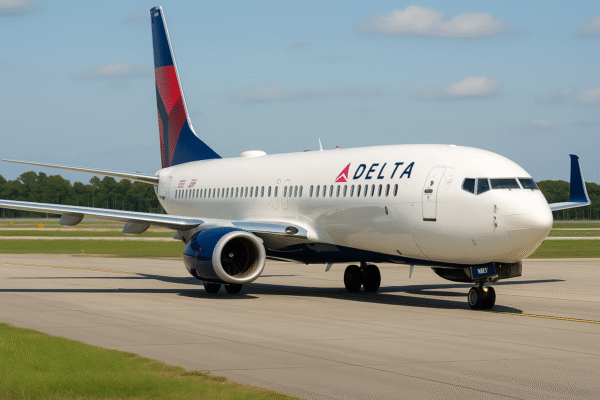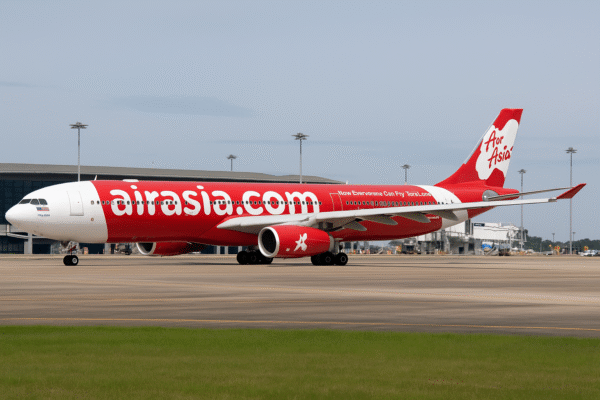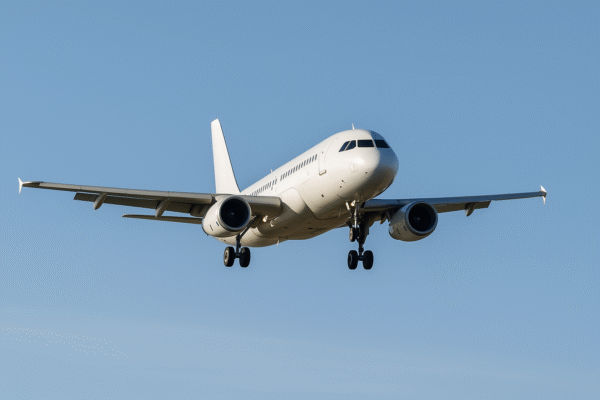August 2025 marks a defining moment in the global aviation sector, as major domestic airline routes across Asia and the Middle East witness unprecedented growth. At the forefront is South Korea’s Jeju–Seoul Gimpo route, which once again leads the world as the busiest domestic air corridor. This surge reflects post-pandemic travel recovery, fueled by tourism, business expansion, and strategic national investments in air infrastructure.
Jeju to Seoul Gimpo: Dominating Global Air Travel
South Korea’s Jeju International Airport (CJU) to Seoul Gimpo (GMP) route is the undisputed leader in global domestic airline traffic. In August 2025 alone, this route recorded 1.23 million available seats, reflecting a 2% year-on-year growth. The route’s appeal lies in its dual draw: Jeju’s serene coastal charm and Seoul’s bustling urban lifestyle.
Boosted by both domestic vacationers and corporate travelers, this air bridge plays a critical role in South Korea’s travel economy. The frequency and affordability of flights between Jeju and Seoul make it a cornerstone of South Korea’s tourism strategy, supported by government-led initiatives to promote domestic travel and leisure.
Japan’s Twin Titans: Sapporo–Tokyo and Fukuoka–Tokyo
Japan continues to maintain a dominant presence in the top 10 busiest domestic routes. The Sapporo New Chitose (CTS) to Tokyo Haneda (HND) corridor ranks second globally with 1.05 million seats, reflecting stable demand. Similarly, the Fukuoka to Tokyo Haneda route comes in third, offering 969,000 seats.
These routes serve not only as commuter bridges but also as key arteries linking regional economic zones. Tokyo’s central role as a financial and cultural capital, combined with regional growth in Sapporo and Fukuoka, supports sustained demand for domestic flights.
Jeddah to Riyadh: Saudi Arabia’s Soaring Domestic Growth
Saudi Arabia’s Jeddah to Riyadh route has emerged as the fastest-growing domestic air corridor globally. With a 21% capacity increase and an additional 154,473 seats compared to August 2024, this route now ranks as one of the top 10 busiest worldwide.
This expansion aligns with Vision 2030, Saudi Arabia’s national reform plan aimed at reducing reliance on oil, enhancing tourism, and building a diversified economy. As business and administrative hubs, Jeddah and Riyadh have seen increased flight demand from professionals, officials, and tourists alike. Investments in airline capacity and airport infrastructure are already bearing fruit.
China’s Domestic Demand Reshapes Travel Landscape
China’s Shenzhen to Shanghai Hongqiao route ranks eighth globally with an 8% increase in capacity, showcasing continued resilience in business travel. As two of the nation’s largest commercial and tech centers, Shenzhen and Shanghai represent high-demand corridors essential to China’s post-pandemic rebound.
However, not all Chinese routes are on the rise. The Beijing to Shanghai Hongqiao route witnessed an 8% decline, possibly due to high-speed rail alternatives or a shift in regional business hubs.
Vietnam’s Declining Route: Hanoi–Ho Chi Minh City
While Vietnam has been a travel hotspot in recent years, the Hanoi to Ho Chi Minh City route saw a decline in passenger seat capacity this August. Though it remains a major domestic route, shifting travel preferences, infrastructure upgrades in rail transport, or reduced business travel could explain the dip in demand.
Australia and Indonesia See Mild Reductions
Elsewhere, other notable domestic corridors such as Melbourne to Sydney and Jakarta to Makassar experienced 5% and 2% drops, respectively. These reductions may reflect evolving traveler preferences, increased airline competition, or seasonal adjustments. However, both routes continue to play essential roles in connecting populous regions in their respective countries.
Key Takeaways: What Travelers Need to Know
- Asia and the Middle East dominate the busiest domestic airline corridors in August 2025.
- South Korea’s Jeju–Seoul route maintains global leadership with over 1.23 million monthly seats.
- Saudi Arabia’s Jeddah–Riyadh route is the world’s fastest-growing domestic route this year.
- Japan’s domestic network remains one of the most robust globally, especially for tourism and business.
- Declining routes in Vietnam and China may indicate shifting trends toward rail or international travel.
- Capacity surges in key regions signal strong demand for domestic tourism and business travel.
Global Implications and Forecasts
The growth in domestic aviation reflects broader global travel recovery trends. Countries like South Korea, Japan, and Saudi Arabia are benefiting from proactive investments in airport infrastructure, digital innovation in ticketing and operations, and strategic tourism campaigns.
According to the International Air Transport Association (IATA), Asia-Pacific remains a stronghold for air passenger growth, with domestic markets recovering faster than international segments. As demand surges, airlines are racing to optimize their domestic route networks with more frequencies, larger aircraft, and competitive pricing.
With mega-events like the 2025 Osaka Expo and Saudi Arabia’s growing MICE (Meetings, Incentives, Conferences, and Exhibitions) sector, domestic connectivity is expected to remain critical.
Final Word: The Future of Domestic Air Travel
August 2025 paints a clear picture: domestic air routes are more vital than ever in sustaining tourism, commerce, and cultural exchange. As global travel continues to rebound, these high-performing domestic corridors in Asia and the Middle East are setting benchmarks for service, efficiency, and scale.
For travelers, this means more options, better connectivity, and a smoother journey within their home regions. For governments and airlines, it’s a sign to continue investing in infrastructure, sustainability, and digital solutions—ensuring that the future of domestic travel is just as dynamic as its global counterpart.
For more travel news like this, keep reading Global Travel Wire



















